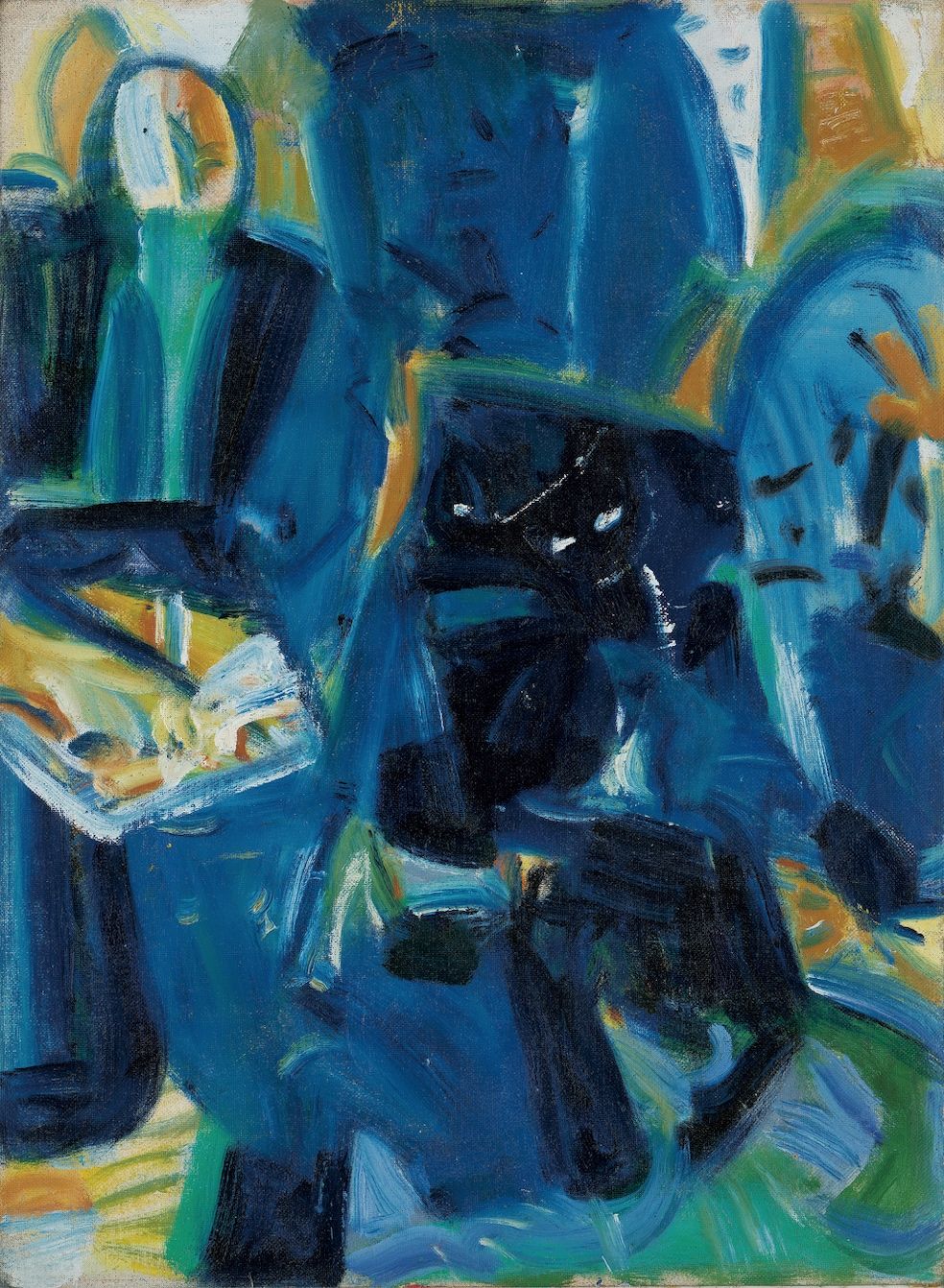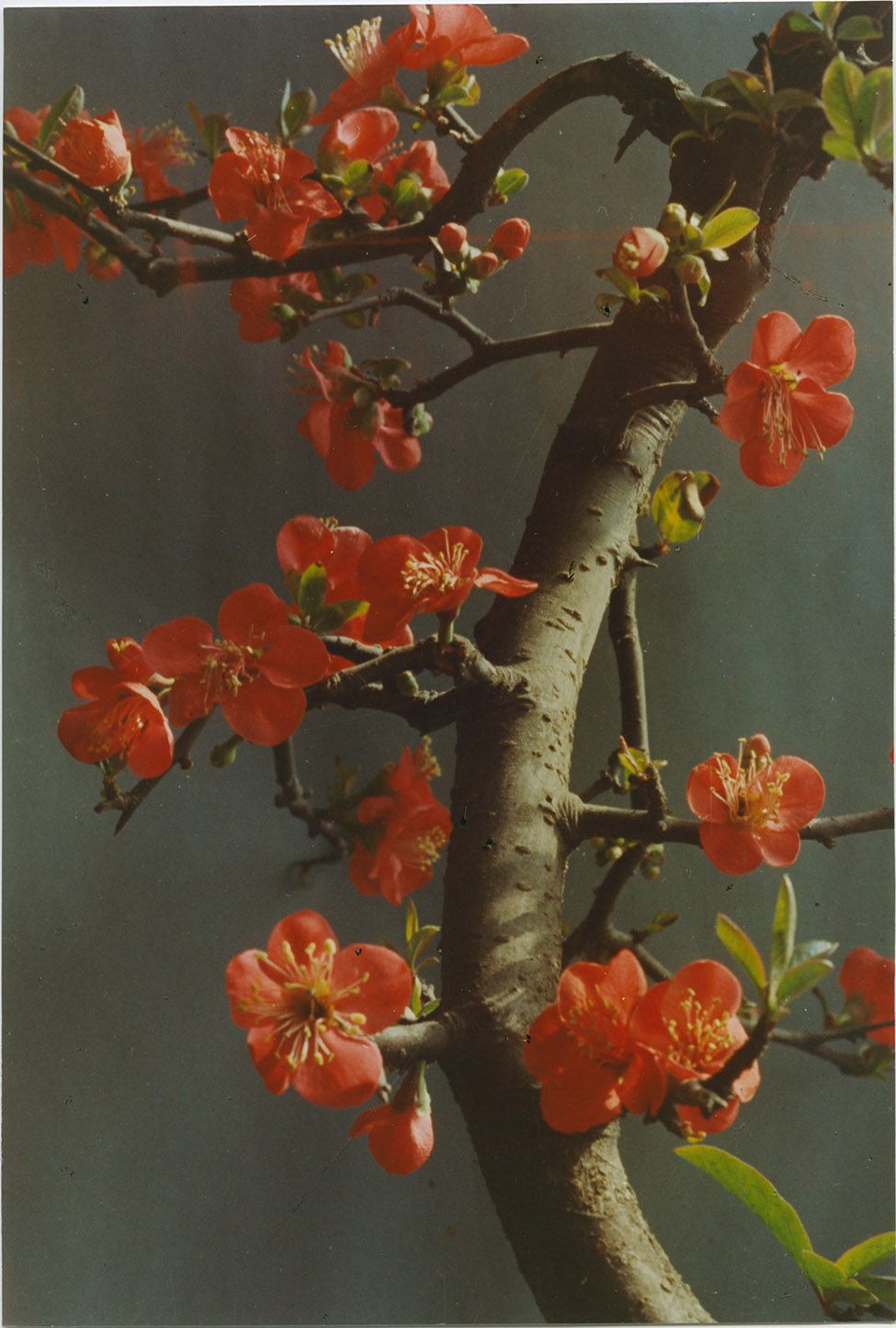Having just opened the first Lévy Gorvy gallery in Asia—a 2,500-square-foot space in Hong Kong—Dominique Lévy and Brett Gorvy reveal their plans for the region
Everyone in the art world always seems to be in a hurry. In a hurry to place a bid for a painting ... to visit the artist’s studio ... to board a plane for the next art fair ... to make a call to their art adviser ... to meet that young collector who’s burst onto the scene.
But that’s not how gallerist Dominique Lévy works. “We’ve been looking to open a gallery in Hong Kong for the last two years, but we were not in a rush,” says Lévy. “We looked at so many spaces, but none of them corresponded with what we wanted. It had to be the right thing.”
Lévy’s patience has paid off. At the end of last month, Lévy and business partner Brett Gorvy opened the doors of the first Lévy Gorvy gallery in Asia, a 2,500-square-foot space previously occupied by the jeweller Graff on the ground floor of St George’s Building in Central.
“When Laurence Graff decided to move, we knew it was right for us,” recalls Lévy. “This space is of such quality in terms of location, ceiling height, proportion, being on the ground floor—it corresponded to everything we were looking for.”
Most importantly, the space was far more than a soulless white box. “We wanted to open an haute couture space in Hong Kong,” explains Lévy.
“A space that can be an exhibition space but also a salon where you can host people, you can host poetry readings, you can host performances. We’ll also have a library there. We want the gallery to be like a think tank, a place where you can experience something.”

A Place For Education
On top of hosting a more varied programme of events than the Hong Kong outposts of some other international galleries, Lévy Gorvy’s business model is different, too. At its inaugural exhibition, which features works by artists the gallery works closely with, including Zao Wou-ki, Pierre Soulages and Pat Steir, as well as works by artists it doesn’t, such as Claude Monet, Wassily Kandinsky and Wu Dayu, much of the art isn’t for sale.
“The tendency in the past for galleries from America and Europe opening in Hong Kong has been to bring their programme [to Hong Kong] and basically just sell their products to Asian audiences,” says Gorvy. “But I think a larger role that galleries can play, especially because there isn’t yet a large museum presence in Hong Kong, is to be a place of education, a place to experience things— and those things don’t necessarily have to be for sale.”
See also: 10 Hong Kong Exhibitions To See In April




